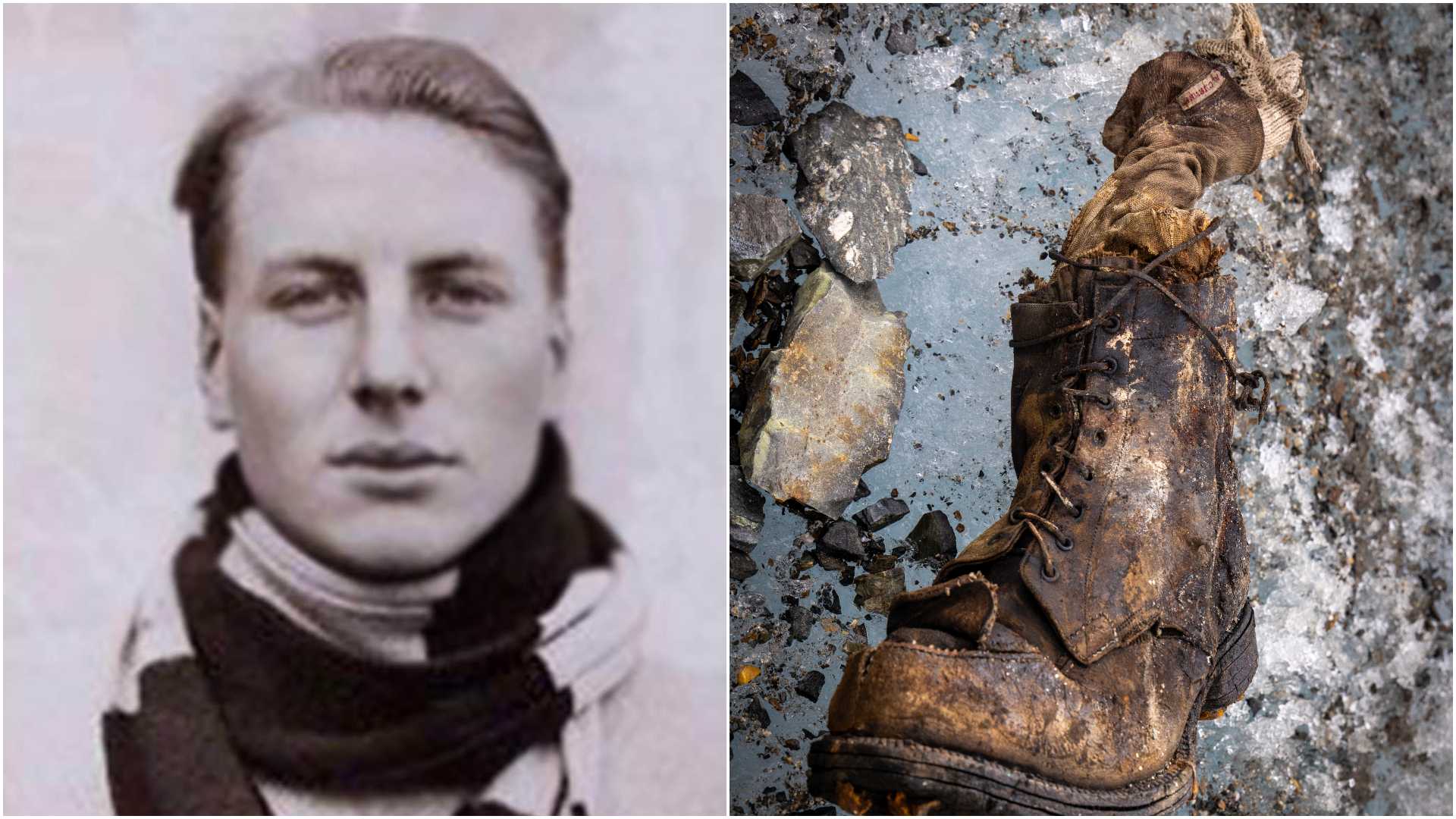News
Remains of Early Everest Climber Andrew Irvine Discovered After a Century

The remains of Andrew Comyn Irvine, a British climber who disappeared on Mount Everest alongside George Mallory nearly a century ago, have been discovered by a National Geographic team. This find could shed new light on one of the enduring mysteries of mountaineering history. Irvine and Mallory were part of the third British expedition aiming to reach the summit of Everest, and their disappearance in 1924 left the world wondering if they had succeeded.
In September, a team led by renowned photographer and director Jimmy Chin, alongside filmmakers and climbers Erich Roepke and Mark Fisher, came across a boot on the Central Rongbuk Glacier, below the north face of Everest. Upon closer inspection, the team identified a foot encased in a sock, with “A.C. IRVINE” stitched inside. The discovery was emotionally overwhelming for the team, which hoped to find definitive answers about the climbers’ fate.
Chin described the scene upon discovering the boot: “I lifted up the sock, and there’s a red label that has A.C. IRVINE stitched into it.” The discovery was immediately recognized as significant, not just for the climbing community but also for Irvine’s family, who have long sought closure.
Mallory and Irvine were last seen in June 1924, attempting to become the first people to reach Everest’s summit. While Mallory’s body was found in 1999 by climber Conrad Anker, Irvine’s whereabouts had remained unknown until now. The discovery has prompted the Irvine family to offer DNA samples to verify the identity of the remains.
Upon learning of the find, Irvine’s great-niece, Julie Summers, considered it a near-closure for the family. “It’s an object that belonged to him and has a bit of him in it. It tells the whole story about what probably happened,” Summers said. She suspects that an avalanche or glacial movement may have eventually exposed the remains.
Chin noted that he contacted the China-Tibet Mountaineering Association (CTMA) to transport the remains from Everest after observing that ravens were disturbing the site. The CTMA, overseeing Everest’s northern climbing activities, is now in possession of the remains.
The discovery has rekindled interest in whether Irvine and Mallory reached the summit, as Irvine was believed to have carried a Kodak camera that might hold evidence of their success. While the camera remains unfound, the location of the remains provides a narrowed search area.
The uncovering of Irvine’s remains highlights the pivotal historical significance and ongoing intrigue surrounding early Everest expeditions, long regarded as a pivotal chapter in the history of exploration. “Any expedition to Everest follows in the shadow of Irvine and Mallory,” Chin remarked, reflecting on the profound moment during the documentary filming, slated to be directed by the team behind “Free Solo,” including filmmaker E. Chai Vasarhelyi.












